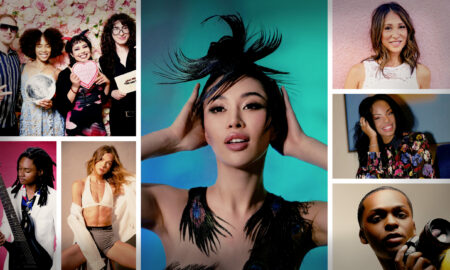

Today we’d like to introduce you to Willow Vergara.
Hi Willow, it’s an honor to have you on the platform. Thanks for taking the time to share your story with us – to start maybe you can share some of your backstory with our readers?
I was born in Los Angeles to two individual immigrant families. I believe we hold information through generations, so existing as a transcultural body within a place very different from those who came before me has a certain has a distinct translation. While my father wasn’t in my life, I still inherited the Black experience from him; but I had no one around me to talk me through what that experience meant.
As a body of culture, I found racism to be something of a two-way mirror. Only some people could see it for what it is, while others view it merely as something that was, or something greater than them. I found language to be a hindrance to explanation, as loaded words were not only received differently by different people, but also seemed to mean entirely different things to people in general.
I took on artwork as a second language and a way to explain how these experiences made me feel. I noticed people were able to receive my experiences better through interacting with my artwork—engaging with the experience in ways words couldn’t explain.
I think I started defining myself as an artist when I began working with oil paints. While I’ve always been invested in portraiture, I found mediums often change for me. After using all my oil paint on a single small canvas, I realized I wasn’t just seeking color, I realized what I really desired for my practice was a sense of body.
I think people generally work with color, pattern, and format in two-dimensional work, but I was looking for texture and dimension. I took a ceramics class and found there was a continuity, I was sculpting in the exact same way I paint. There’s a specific part of the brain that engages with facial expressions. I think people connect with other people inherently, so I aim to make most of my work livable.
For me, the nuances in communication don’t stop with language; I pour the sensation of movement into most of my work and try to convey experience through rough textures. The expressions in my artwork often read different things to different people, but the feelings are often similar.
I work this way not out of a lack of skill, but rather to capture a different importance—a significance in the human touch. I think with AI, there’s an intention toward perfection on the rise. I want my work to speak to the strength of flaws, to build understanding through abstraction.
I imply performance into my work as an archive for my identity. As a Blasian American, I found that I didn’t have many role models or people who looked like me reflected in media as a kid. I make work to feed my inner child who wanted to belong and be understood; a feeling I think many people face.
We may not all experience it in the same way or for the same reasons, the desire to be seen and understood is universal. My work reaches toward that shared space, where identity can be felt, even when it can’t be explained.
Would you say it’s been a smooth road, and if not what are some of the biggest challenges you’ve faced along the way?
When I think of struggles, I automatically think of strengths. Anything I’ve struggled with, I’ve learned to make work for me. One of the core struggles in my life has been growing up in a dual reality. I was part of a diverse immigrant family while also navigating predominantly white spaces. I often experienced racism from people who lacked the awareness to recognize the harm they were causing. There is a specific kind of pain when those close to you enact microaggressions or biases without understanding their impact. You want to find the words to explain how it feels, to hold up a mirror without confrontation, but that is not always possible.
I grew up talking about racism without ever actually saying the word. I believe every race has its own unique experience, and while my mother could nurture my Asian American identity, my Black experience was something I had to navigate on my own. When I was young, my father was deported, and I lost contact with his side of the family. That absence meant I had to grow up in the environments I was placed in, often without a connection to that side of myself.
I had to learn how to have difficult conversations, and they still do not come easy. As a child, I pieced together what it meant to be a Black woman in America. I did it often without guidance, and often by learning through contrast, by seeing what I was not allowed to be.
As you know, we’re big fans of you and your work. For our readers who might not be as familiar what can you tell them about what you do?
My work begins with my body—physically, spiritually, and historically. It’s the first archive I turn to when navigating my identity as an Afro-Filipina. Living in a transcultural body, I often experience a dissonance between inherited narratives and the spaces I move through. My practice explores this disconnect and the quiet urgency to piece together what was lost, misplaced, or misinterpreted.
I work primarily in ceramics and performance, both guided by a background in dance. Movement becomes a language I return to; tactile, instinctual, and grounded in the concept of remembrance. It allows me to embody narrative in ways that words often mislabel. Through raw texture and imperfection I reclaim my presence. My work lives in this tension between these intersecting identities, mimicking tradition while mocking the systems that define it. My work negotiates what it means to carry legacy: to both uphold tradition and give myself permission to recontextualize it.
A recent development in my work has been organizing random pop-up shows and public performance pieces. While I still exhibit in gallery spaces, I’m increasingly drawn to nontraditional modes of display. I believe artwork is becoming too confined to institutional spaces, which often carry historical limitations; especially for artists of color. By performing live sculpture in public, unannounced moments, I’m able to explore presence, accessibility, and space in ways that challenge these boundaries. These spontaneous performances not only reach broader and more diverse audiences, but also reclaim environments not originally intended to hold or honor our narratives.
Do you have recommendations for books, apps, blogs, etc?
Sister Outsider by Audre Lorde, “Venus in Two Acts” by Saidiya Hartman, All my Relations Podcast Matika Wilbur.
Pricing:
- small sculptures $500-$900
- Natural Hair $3500
Contact Info:
- Website: https://willowvergara.com
- Instagram: aphroditrist
- Other: tik tok: aphroditrist

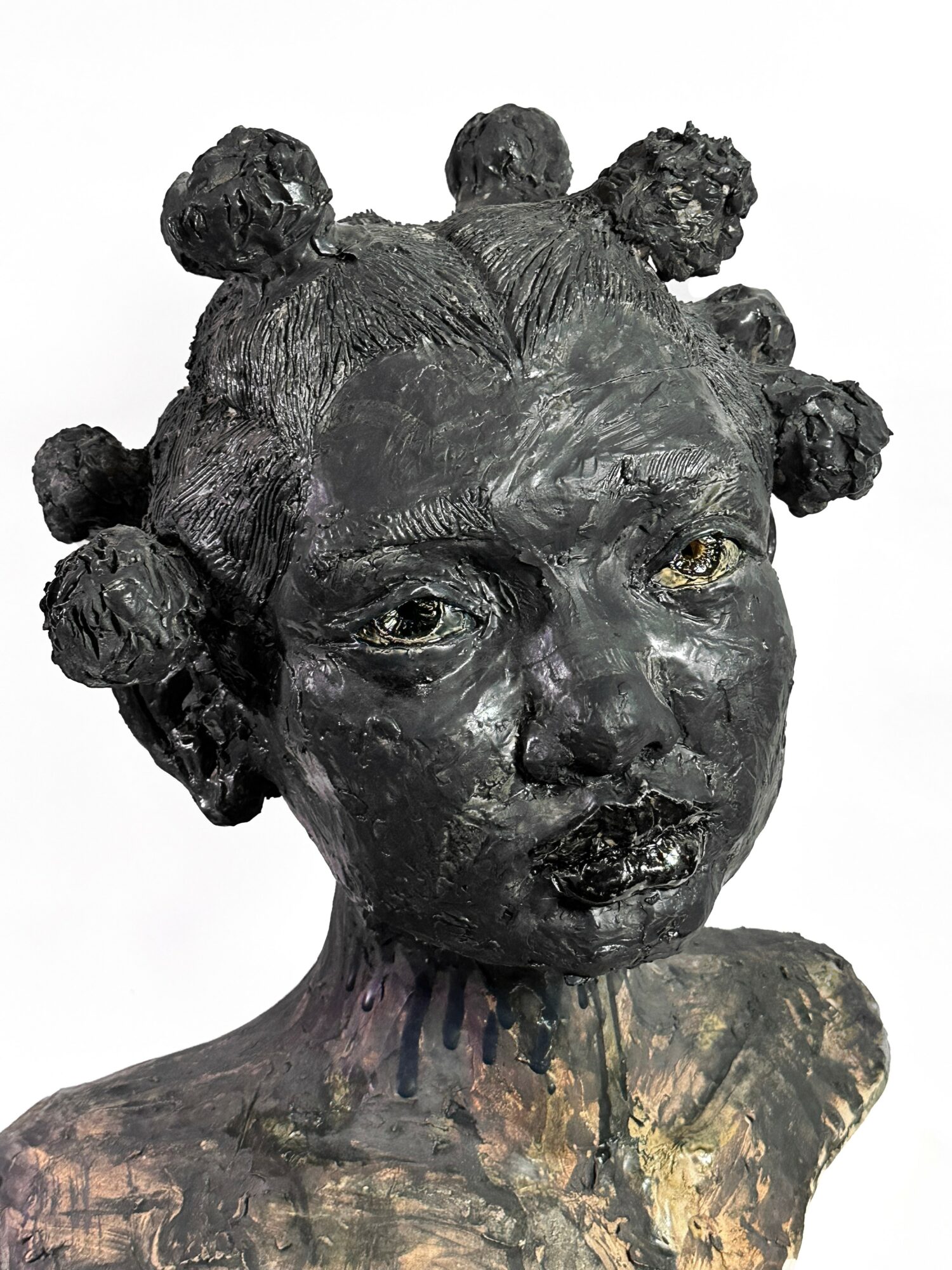

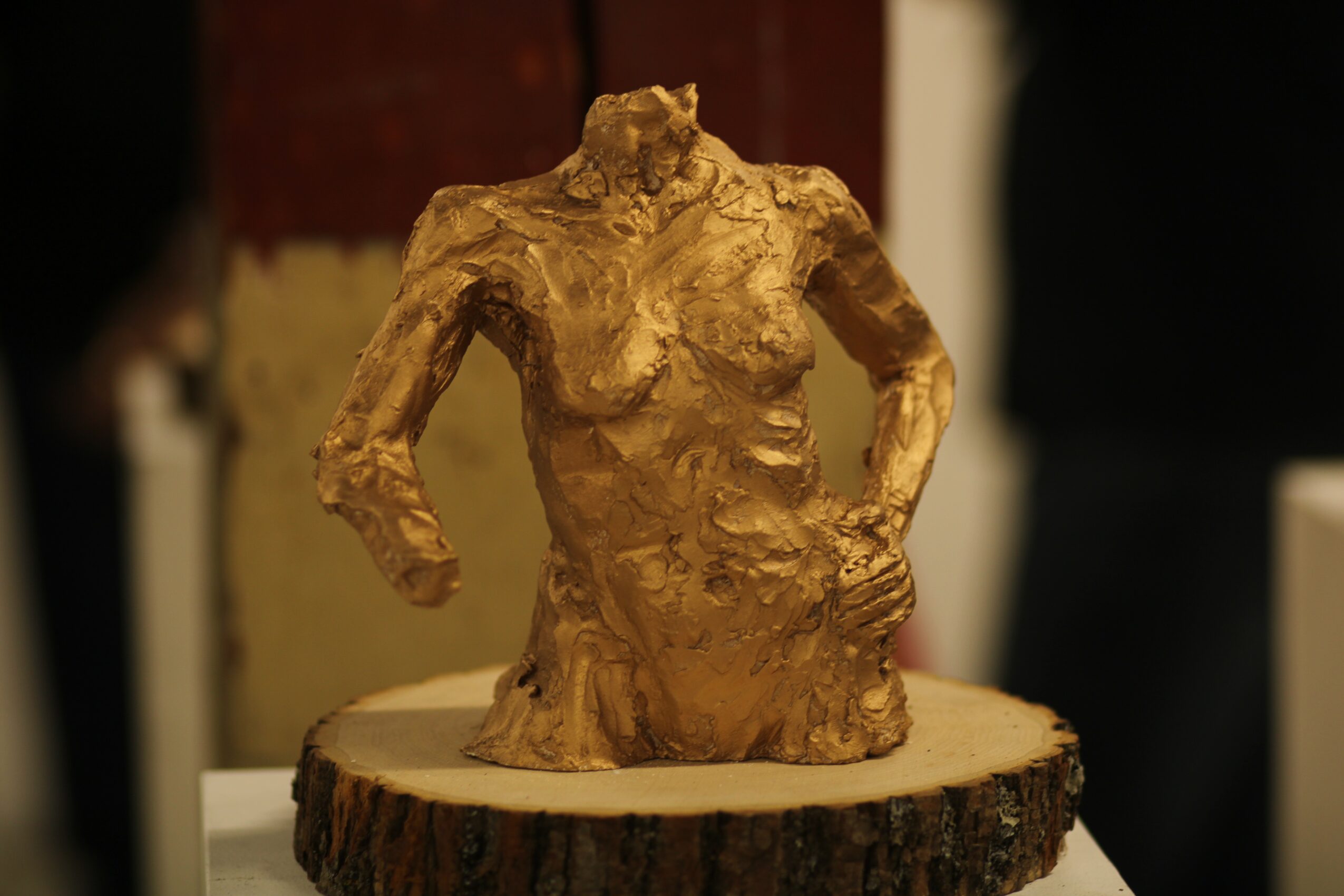

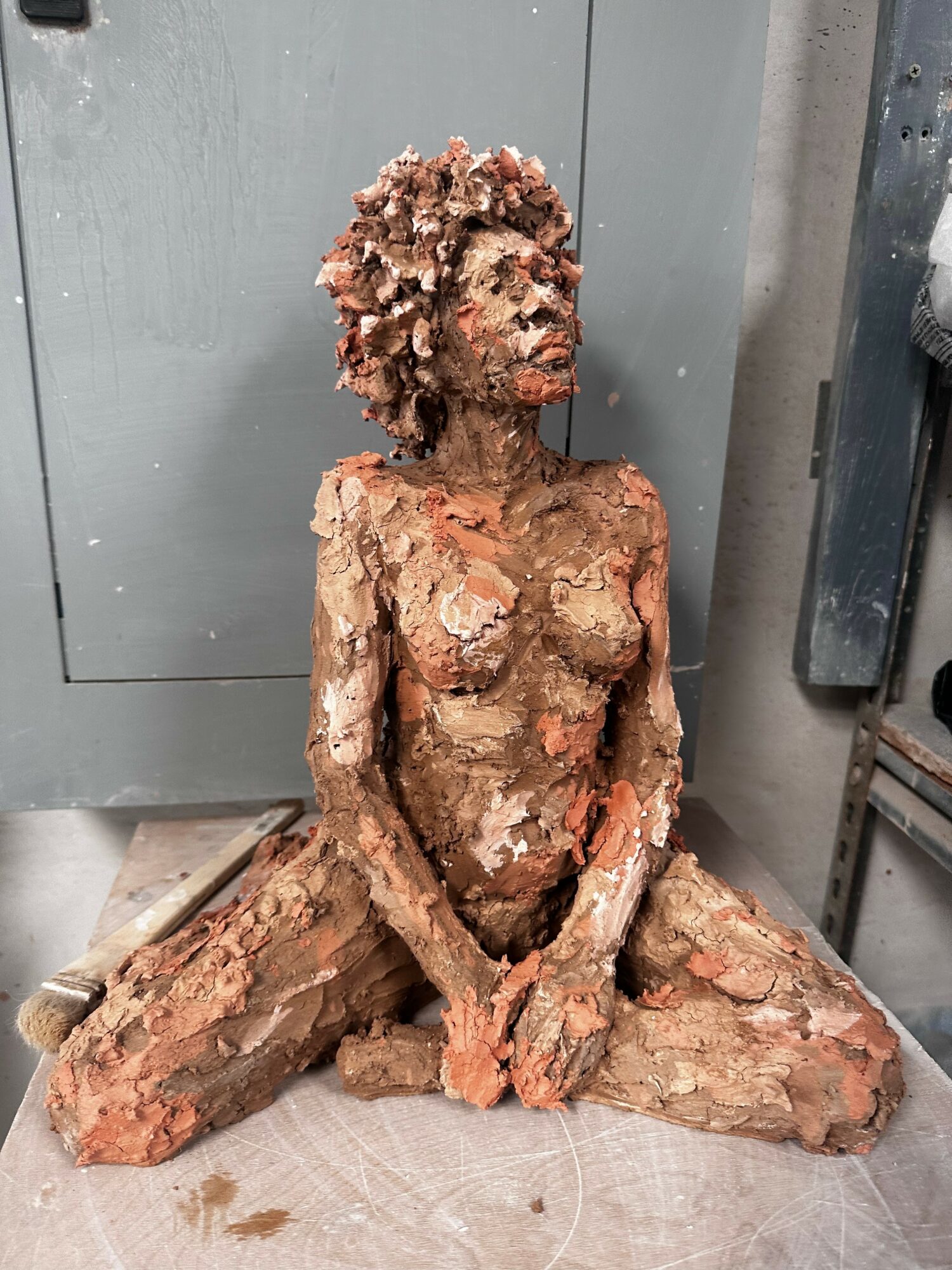


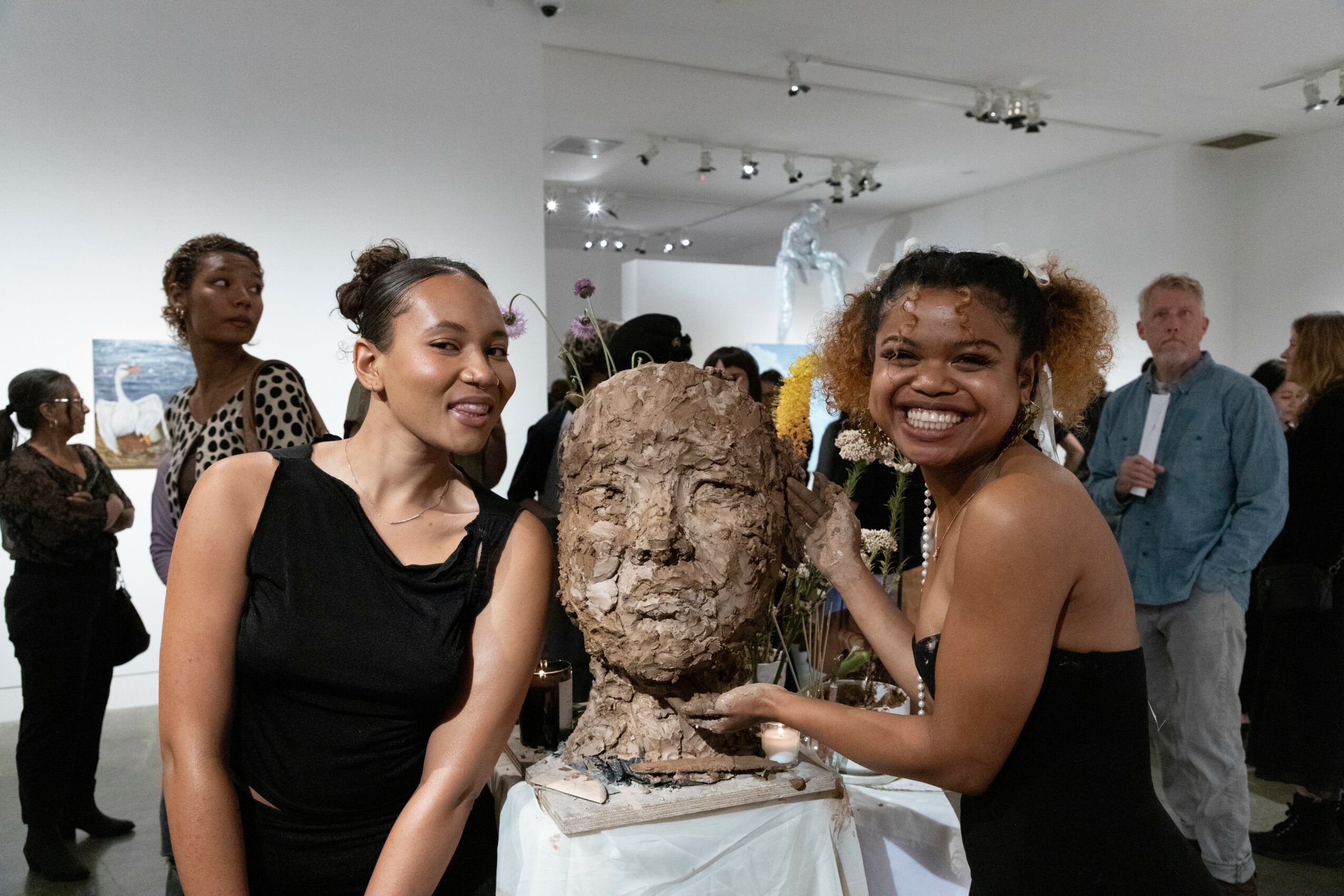
Image Credits
Jae Francis
Andrea Campo
Susan Epstein
Melissa Epstein
Dmitriy Tiunelis

